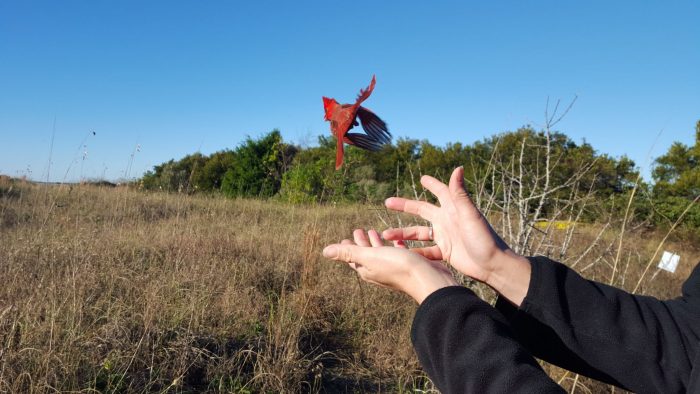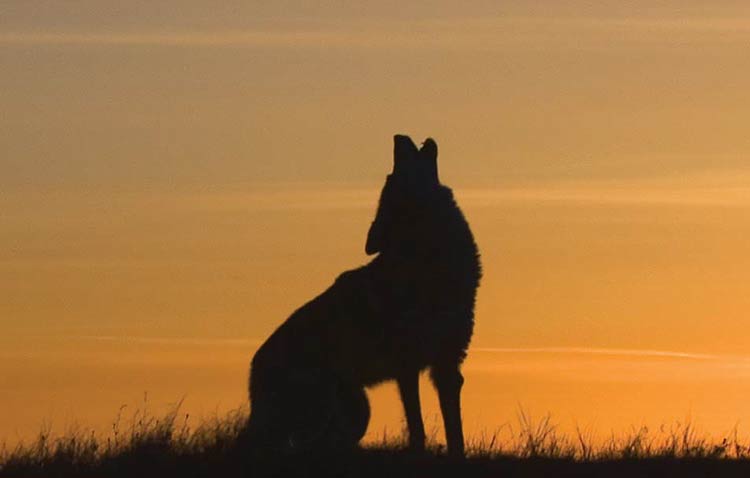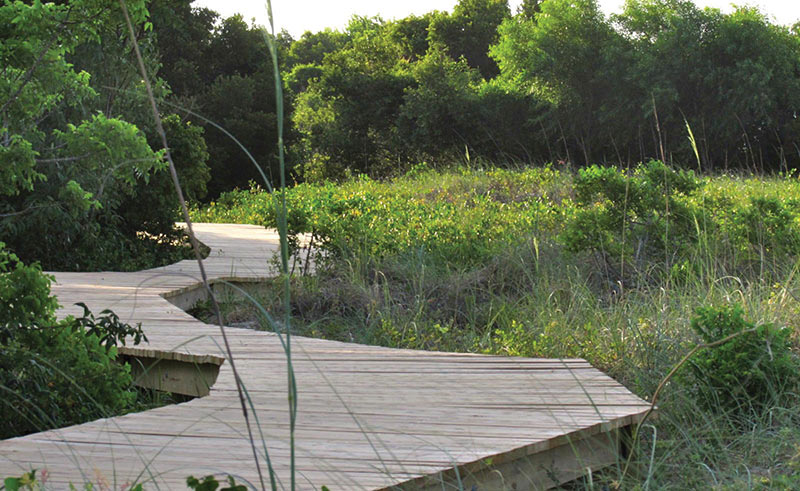
Long before birds became trendy, Sarah Harper Diaz, a native of Sullivan’s Island, found them to be fascinating. As a teenager, she began banding birds with the help of a mentor, Dr. Will Post, also an island resident. Today, she helps lead the island’s new migrant bird banding project, known as the Sullivan’s Island Environmental Education and Research Program. The goal? To learn more about neotropical migrant birds that spend time on the island.
“I worked with Dr. Post for seven or eight years, volunteered with the Center for Birds of Prey, worked with on various other projects and took some bird banding classes in Pennsylvania and Peru,” Diaz said. “I’ve always been fascinated by birds and their flights, and I became interested in their biology through working with Dr. Post.”
The new program, hosted through the South Carolina Audubon Society and partnered with Lowcountry Land Trust and the Charleston Natural History Society, is based on migrant stopover ecology, which is the observation that neotropical migrant birds who often fly as far as thousands of miles will stop periodically in order to “refuel” and take a break. Because Sullivan’s Island offers protected land, it has become a prime stopover location for birds who are traveling to destinations as far away as South America, according to Diaz.
Jennifer McCarthey Tyrrell, the program’s master bird bander and another Sullivan’s Island native, was pleased with the results of the fall, what with the torrential rains the Lowcountry experienced in October. Still, 48 species and 761 birds were banded during the autumn months.
“The weather held up some of the migration,” Tyrrell explained, “and we missed a big wave, since the birds moved through rapidly after the flood. But overall, we’re pleased.”
“The floodwaters made some areas as high as shoulder deep,” chimed in Diaz. “We had to kayak to the banding station.”
In order to find out exactly which species of birds are stopping on the protected land, Tyrrell, Diaz and nine other participants set up nets to gently capture birds in the brush near Station 16. The nets are checked every 15 minutes and do not injure the birds. Diaz assured me that the handling time for each bird is “minimal.”
Once a bird is retrieved from the net, it is carefully examined for weight, age, sex, measurement of the skull and wings and various other data. Each bird receives is banded with a unique number, and the data is sent to the United States Geological Survey Bird Banding Laboratory.
“We can tell how much fat they have in their bodies by looking at them,” Diaz explained. “The length of time the birds stay depends on how much fat they still have, but they all stop to refuel.”
“Sullivan’s Island’s protected land is ideal for this,” she continued, noting that if no suitable stopover places exist, a bird may starve before reaching its destination.
The fall season took place between Sept. 14 and Nov. 30 of last year; March through May marks the spring season. Will some of the birds from the fall season return to Sullivan’s Island? It’s possible, thanks to the keen sense of direction birds possess. While Diaz admitted that “no one knows for sure” how birds understand direction, its likely a combination of stars and magnetic fields. In fact, many birds travel at night and are apt to become disoriented as they fly through a cloudy sky.
“We don’t know if the same birds will come back, but some of them will know where they stopped,” Diaz commented.
“The migration movement is not as concentrated in the spring,” Tyrrell added, “so we’re not sure what we’ll get. But I do think some birds will visit again on their way back.”
Birds who pass through in the spring will keep the same band, according to Diaz and Tyrrell. The bands are worn forever – or for as long as the bird is alive.
“Unless we catch the bird again six years later or something and their original band is falling apart, they keep the same one,” Tyrrell mused.
Diaz said she is planning to get her banding license in the near future to become a master bander herself. She’s looking forward to the opportunity to do some night banding in the spring – perhaps to catch a glimpse of her personal favorite nocturnal bird, the Chuck-will’s-widow.
“I think it’s important to do this research,” she said, regarding her work with the program. “Especially considering coastal development and climate change.”
Those who are interested in learning more about the bird banding project can visit their Facebook page, www.facebook.com/sullivansislandbirds.
by Denise K. James




Leave a Reply